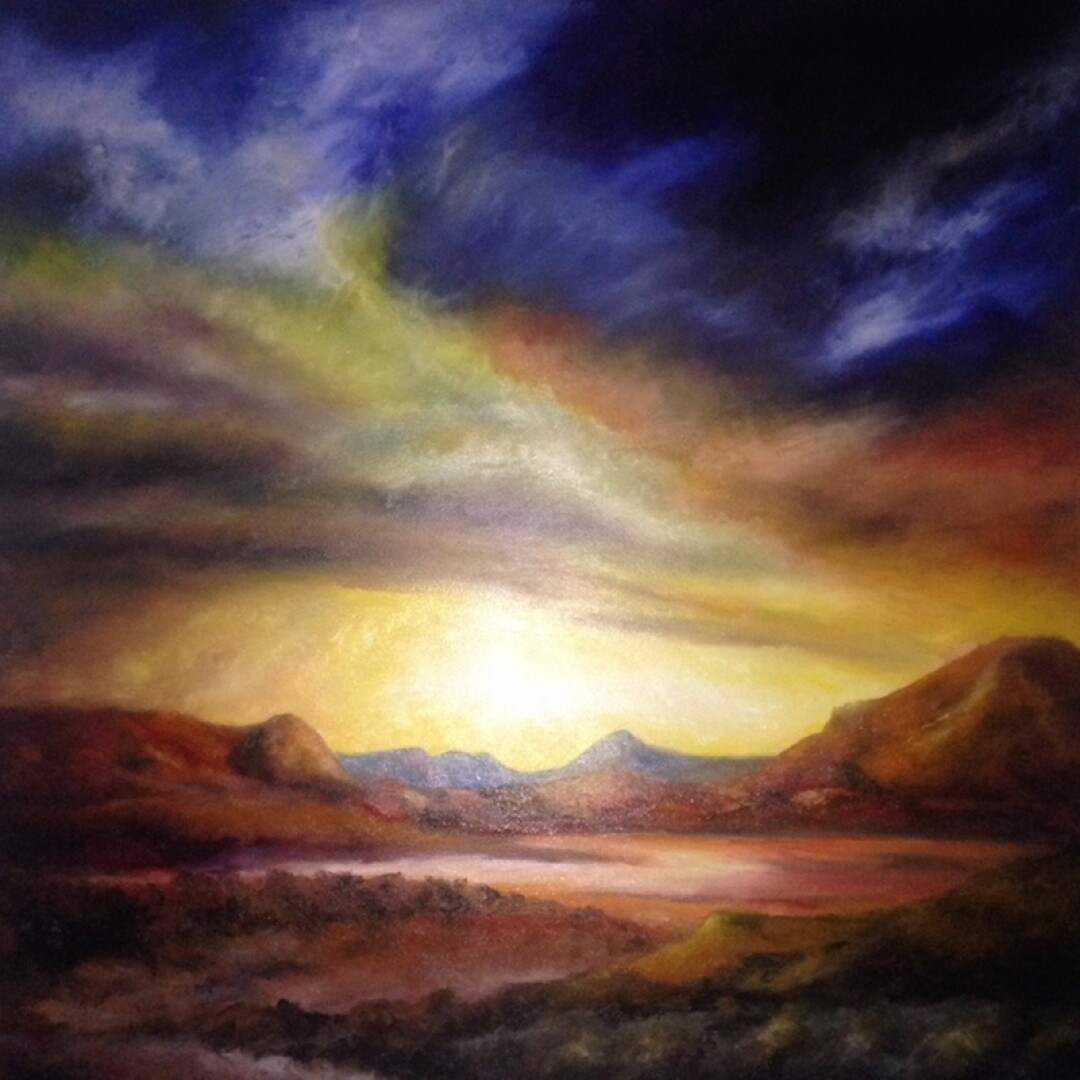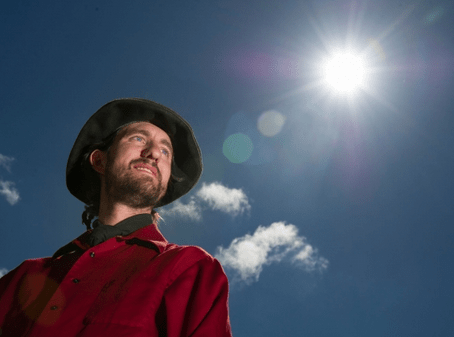MSU professor to be recognized for renewable and alternative energy power generation work
A veteran Montana State University engineering professor will be recognized this summer for his years of researching and teaching renewable and alternative energy power generation — a field he didn’t even approach until the second half of his 45-year career.
Hashem Nehrir, a professor in the Electrical and Computer Engineering Department in MSU’s College of Engineering, will receive the Ramakumar Family Renewable Energy Excellence Award from the IEEE Power and Energy Society next month in Boston. (IEEE stands for Institute of Electrical and Electronics Engineers). The annual award recognizes a researcher’s contributions to incorporating renewable energy sources into the national power grid and is meant to spur utilization of renewable technologies for power generation, and further research and teaching in the field.

“This was not at all my formal academic training,” Nehrir said. “So this is really a great reward for me, because I found the opportunity to work in areas the whole world is interested in.”
Nehrir earned his bachelor’s, master’s and doctorate in electrical engineering from Oregon State University in 1969, 1971 and 1978, respectively. He came to MSU in 1987, where he taught courses and did research on traditional electrical power systems.
But in the early 1990s, the opportunity arose to work with the U.S. Department of Energy on hybrid wind-power generation technologies. Nehrir jumped at it.
“Since then, I’ve learned to use my background knowledge and experience to apply to these systems,” he said.
Nehrir’s work focuses on designing intelligent systems to manage hybrid, renewable-based energy systems. Think of the national power grid, the interconnected power lines and stations that move electricity to where it’s needed around the country. As more and more alternative sources of power are connected to the grid, such as solar panels and wind turbines, managing all those varied sources of power to keep the grid stable and safe becomes a priority.
“My work is modeling basically for better operation of emission-free systems that could ultimately save the planet,” Nehrir said.
For nearly a decade, from 2001-2010, he continued researching alternative energy sources in the form of fuel cells, modeling them for use in distributed power generation applications — where electricity is generated not at one central location but at many different spots. The models he developed are used around the world, along with the textbook he co-authored on the subject in 2009 with a former graduate student, Caisheng Wang.
Nehrir’s work has also pioneered the notion of using electric hot water heaters to absorb excess wind-generated power in the wind farms in the form of heat. The technology, which has already been prototyped by a major utility, keeps wind farms from having to shut down turbines, hence avoiding the curtailment of this emission-free power, at times when wind-generated power is high and power demand from the grid is low, for example in the middle of night, he said.
“This is important because everybody wants to see more renewable energy used, but our current grid in the U.S. and most of the world isn’t designed to have these intermittent sources like wind and solar,” said Robert Maher, head of the Electrical and Computer Engineering Department. “So there’s going to be a need to redesign the whole grid to use these sources, and Professor Nehrir’s research is really at the forefront of how that can be done.”
Over the years, Nehrir’s research has been funded by the National Science Foundation, the Department of Energy, Pacific Northwest National Laboratory, Montana Power Company (now NorthWestern Energy) and more.
In addition to three textbooks he’s authored and many lectures he has given around the world, he was a 2010 recipient of MSU's Wiley Faculty Award for Meritorious Research and was named a Life Fellow of IEEE in 2013.
Based on his work, he developed a senior/graduate-level course on alternative energy distributed power generation and has been teaching it at MSU since 2003. And though he says he’s trying to reduce his workload, every year students come up with a list of people interested in taking the course and turn it in to the department.
He continues to teach it, he said, because “I enjoy working with the students.”
Maher said Nehrir has been a constant in the department, especially through the 1990s when Montana’s power companies were deregulated, hiring slowed in the industry and fewer students sought such degrees.
“Hashem kept the spark alive through those years, and now we're back in the mode where everybody is looking to hire power engineers and he’s struggling to keep up with the demand,” Maher said.
"This is the kind of award he deserves."










News Comments
Thank you
Open Auditions for Annie
Monday, Sep. 16, 2024
I’m at the Bozeman airport where your painting, “Blowing East” is displayed. It’s absolutely gorgeous! Bravo, Marci!!
The Artists’ Gallery in Bozeman’s Emerson Cultural Center May Exhibits
Sunday, Jun. 30, 2024
This is so typical of a sign in, which we should not have to do to check if we or some one in our party got a permit. I have been working or "creating an account" for 30 minutes and just get the same ...
Smith River permit drawing results available
Sunday, Mar. 10, 2024
I have struggled with this podcast and my own participation therein, the event itself obviously traumatic, but beyond that my inability to reach anyone and convey anything resembling truth. The person ...
Billings, MT Case Becomes True Crime Podcast | 'An Absurd Result'
Marktokarski
Saturday, Jan. 20, 2024